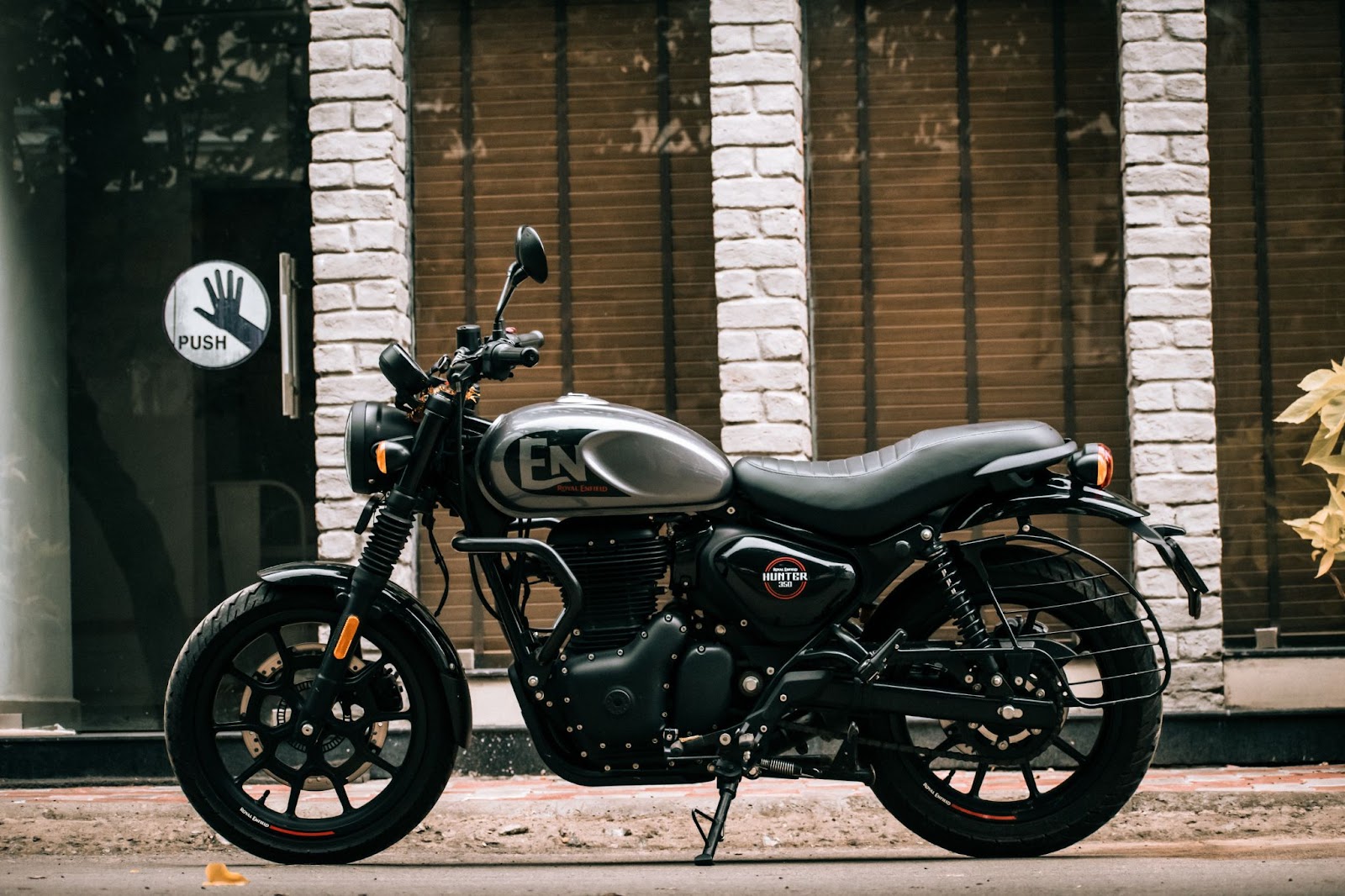Motorcycle insurance rates can be a perplexing aspect for riders to navigate. As an expert in the field, I understand the importance of finding affordable coverage that offers adequate protection. Whether you’re a seasoned rider or considering getting your first bike, understanding how insurance rates are calculated and what factors influence them is crucial.
One key factor that affects motorcycle insurance rates is the type of bike you ride. Sports bikes and high-performance motorcycles tend to have higher premiums due to their increased risk of accidents. On the other hand, cruisers and standard bikes typically have lower rates because they are considered less risky.
Another important consideration is your riding experience and driving record. Insurance companies generally view experienced riders with a clean record as lower risk, resulting in lower premiums. However, if you’re a new rider or have past traffic violations, expect higher rates until you establish a safe track record.
Factors such as age, location, and usage patterns also play a role in determining motorcycle insurance rates. Younger riders may face higher costs since statistics show they are more prone to accidents. Additionally, living in an area with high theft or accident rates can impact your premium. Lastly, if you plan on using your motorcycle for commuting purposes rather than occasional recreational rides, it may affect your rate as well.
Understanding these factors can help you make informed decisions when shopping for motorcycle insurance. By comparing quotes from different providers and considering these variables, you’ll be better equipped to find suitable coverage at competitive rates that align with your needs and budget.
Motorcycle Insurance Rate
When it comes to motorcycle insurance rates, one of the key factors that insurers consider is the age and experience of the rider. Younger riders, especially those under 25, tend to face higher premiums due to their perceived higher risk on the road. This is because younger riders often have less experience and may engage in riskier riding behaviors.
Insurance companies also take into account the number of years a rider has been licensed. Newer riders who have recently obtained their motorcycle license are generally considered more inexperienced, leading to higher insurance rates. On the other hand, seasoned riders with a long history of safe riding can often enjoy lower premiums.
Type of Motorcycle
The type of motorcycle you own can significantly impact your insurance rates as well. Insurers categorize motorcycles into different classes based on factors such as engine size, horsepower, and overall value. Generally, sports bikes or high-performance motorcycles tend to come with higher insurance costs due to their increased speed capabilities and greater likelihood of accidents.
On the flip side, cruisers and standard bikes typically have lower insurance rates since they are associated with more relaxed riding styles and have lower accident risks compared to sport bikes. Additionally, custom-built motorcycles or rare models might require specialized coverage which can also contribute to higher premiums.
Driving Record
Your driving record plays a crucial role in determining your motorcycle insurance rates. Insurance companies assess your history by looking at any previous traffic violations or accidents you’ve been involved in. If you have a clean driving record without any claims or tickets, you’re likely to be rewarded with lower premium prices.
- Liability Coverage: This is the most basic type of coverage required by law in many states. It helps protect you financially if you’re found responsible for causing an accident that results in injury or property damage to another person. Liability coverage typically includes bodily injury liability and property damage liability.
- Collision Coverage: This coverage helps pay for repairs or replacement of your motorcycle if it’s damaged in a collision with another vehicle or object, regardless of who’s at fault. It can be especially valuable if your bike is new or expensive to repair.
- Comprehensive Coverage: Comprehensive coverage protects against non-collision incidents such as theft, vandalism, fire, or natural disasters like storms and floods. If your motorcycle gets stolen or damaged due to any covered event, comprehensive coverage will help cover the costs.
- Uninsured/Underinsured Motorist Coverage: Unfortunately, not all drivers carry sufficient insurance or any insurance at all. Uninsured/underinsured motorist (UM/UIM) coverage steps in when you’re involved in an accident caused by a driver who doesn’t have enough insurance to fully compensate you for your injuries or damages.
- Medical Payments Coverage: Motorcycle accidents can result in serious injuries that require medical treatment and hospitalization. Medical payments (MedPay) coverage helps pay for medical expenses resulting from an accident, regardless of who’s at fault.
